The Future of Metal Fabrication with Advanced Plasma Cutting Tables
The future of metal fabrication is increasingly being shaped by the advent of advanced plasma cutting tables, a technology that has revolutionized the precision and efficiency of cutting processes. According to industry reports, the global plasma cutting equipment market is projected to reach $8.2 billion by 2025, growing at a CAGR of 5.3%. As manufacturers seek to enhance productivity and reduce waste, plasma cutting tables provide an optimal solution, enabling intricate designs and faster turnaround times.
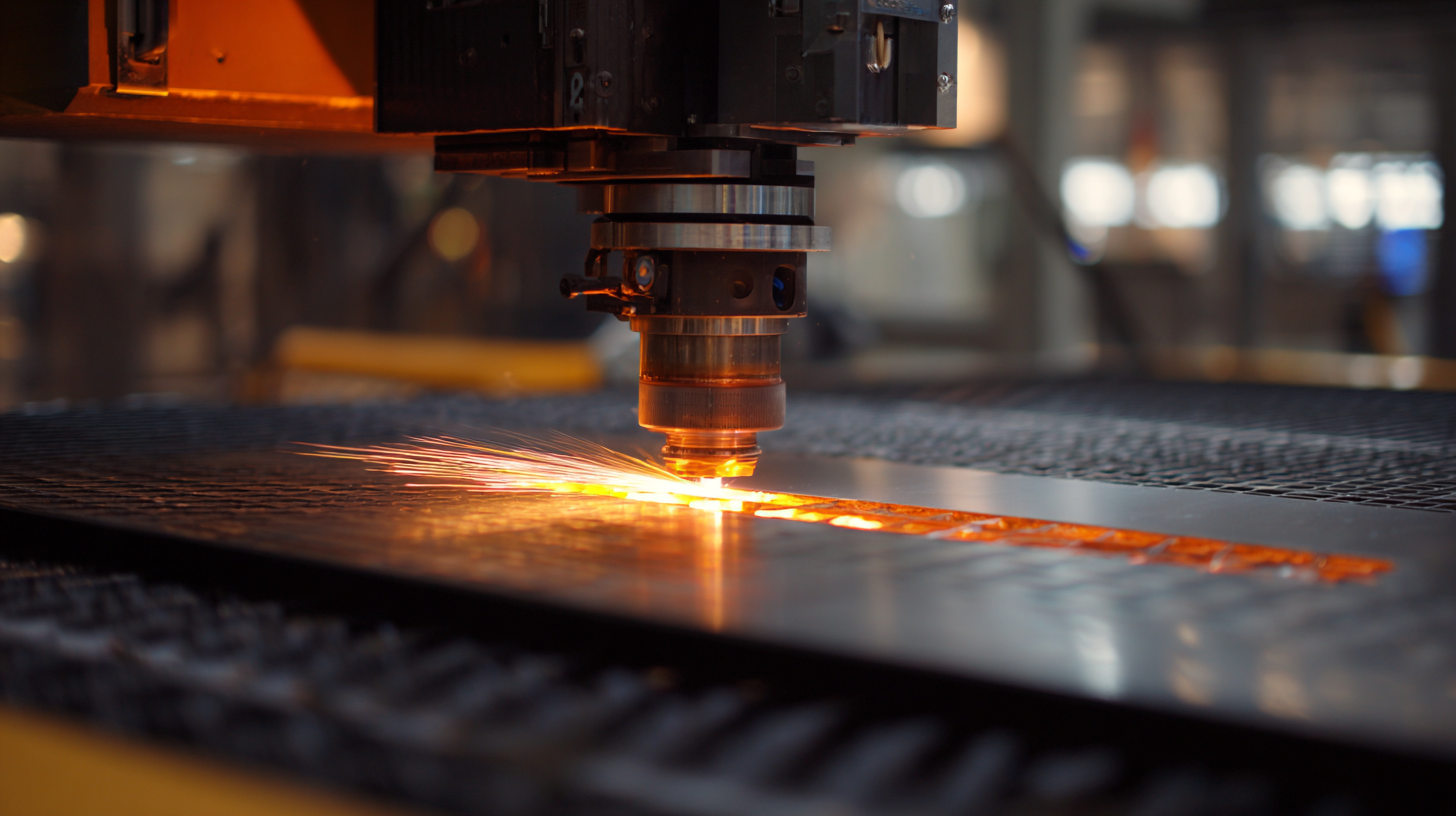 These innovative machines leverage high-frequency plasma arcs to cut through various metals with ease, fundamentally transforming how fabricators operate. As the demand for customization and rapid production increases across industries, investing in advanced plasma cutting tables becomes not just a competitive advantage but a necessity for staying relevant in the market.
These innovative machines leverage high-frequency plasma arcs to cut through various metals with ease, fundamentally transforming how fabricators operate. As the demand for customization and rapid production increases across industries, investing in advanced plasma cutting tables becomes not just a competitive advantage but a necessity for staying relevant in the market.
The Impact of Advanced Plasma Cutting Technology on Production Efficiency in Metal Fabrication
Advanced plasma cutting technology is revolutionizing the metal fabrication industry by significantly enhancing production efficiency. As companies invest in the latest cutting tables, they can achieve greater precision and faster turnaround times. This is particularly evident in the growing market for CNC plasma cutting machines, which is set to reach USD 1.1 billion by 2034. The advanced features of these machines allow for intricate designs and complex cuts, reducing material waste and improving overall workflow.
To optimize the benefits of advanced plasma cutting, companies should consider the following tips: First, regularly maintain and calibrate cutting machines to ensure consistent performance. Second, integrate the latest software solutions that can streamline design processes and improve communication between teams. Finally, invest in training for operators, as skilled personnel can exploit the full potential of these advanced technologies, leading to improved output and reduced operational costs. By leveraging these strategies, metal fabrication businesses can harness the power of advanced plasma cutting to stay competitive in a growing market.
The Future of Metal Fabrication with Advanced Plasma Cutting Tables - The Impact of Advanced Plasma Cutting Technology on Production Efficiency in Metal Fabrication
| Parameter | Before Advanced Plasma Cutting | After Advanced Plasma Cutting | Improvement (%) |
|---|---|---|---|
| Cutting Speed (inches/min) | 20 | 60 | 200% |
| Production Time (hours) | 10 | 4 | 60% |
| Material Waste (%) | 15 | 5 | 66.67% |
| Setup Time (hours) | 2 | 0.5 | 75% |
| Operator Efficiency (%) | 70 | 90 | 28.57% |
Key Features of Modern Plasma Cutting Tables Enhancing Precision and Versatility
Modern plasma cutting tables represent a significant advancement in metal fabrication, offering enhanced precision and versatility that are reshaping the industry. One of the standout features of these cutting tables is their ability to achieve intricate cuts with minimal kerf loss. This increased precision not only reduces waste but also facilitates the creation of complex designs that were previously challenging or impossible to achieve. By utilizing advanced CNC technology, operators can input highly detailed specifications, ensuring that the results are consistently accurate and reliable.
Another key feature is the adaptability of modern plasma cutting systems. These tables often come equipped with adjustable cutting speeds and power settings, allowing users to tailor the operation to different materials and thicknesses. Additionally, many contemporary plasma cutting systems incorporate automated height control, maintaining optimal distance between the torch and the workpiece for improved cut quality. The combination of these features not only enhances operational efficiency but also broadens the range of applications, making plasma cutting an ideal solution for industries that demand both finesse and functionality.
Industry Trends: Adoption Rates of Plasma Cutting Systems in Metal Fabrication
The adoption of plasma cutting systems in the metal fabrication industry is on an upward trajectory, reflecting broader trends in technology and efficiency. As businesses seek to enhance productivity and precision, CNC plasma cutting machines are becoming a preferred choice. The market for these advanced cutting systems is anticipated to expand significantly, with projections indicating growth from USD 707.5 million in 2025 to USD 1.1 billion by 2034. This represents a substantial interest in adopting plasma cutting technology as manufacturers respond to increasing demand for faster and more accurate metal fabrication processes.
Moreover, the overall metal fabrication equipment market is set to grow robustly, increasing from $64.64 billion in 2025 to $82.78 billion by 2032, at a CAGR of 3.6%. This growth underscores the increasing reliance on advanced technologies such as plasma cutting tables, which are instrumental in not only streamlining production but also reducing waste and improving safety in metalworking environments. As fabricators embrace these innovations, the tide of change promises to significantly impact operational efficiencies throughout the industry.
The Future of Metal Fabrication with Advanced Plasma Cutting Tables
An In-Depth Look at Cost-Benefit Analysis of Integrating Plasma Cutting Tables
The integration of advanced plasma cutting tables in metal fabrication is becoming increasingly essential, driven by the anticipated growth of the plasma cutting machine market. Projected to rise from $699.5 million in 2025 to $905.2 million by 2032, this growth represents a compound annual growth rate (CAGR) of 3.8%. The adoption of these technologies not only enhances precision but also optimizes production efficiency, presenting a compelling cost-benefit scenario for manufacturers.
The benefits of utilizing plasma cutting tables extend beyond mere financial metrics. These machines allow for rapid and accurate metal cutting, which is vital for industries that require custom parts quickly. For instance, farmers are recognizing the value of ultra-accurate CNC plasma cutters to create their own machinery components, thereby reducing downtime and dependency on external suppliers. Moreover, software solutions, like Autodesk Fusion 360, provide advanced capabilities for managing plasma cutting projects, ultimately streamlining workflows and minimizing waste. By investing in state-of-the-art plasma cutting technology, businesses can significantly improve their operational efficiencies and remain competitive in an evolving marketplace.
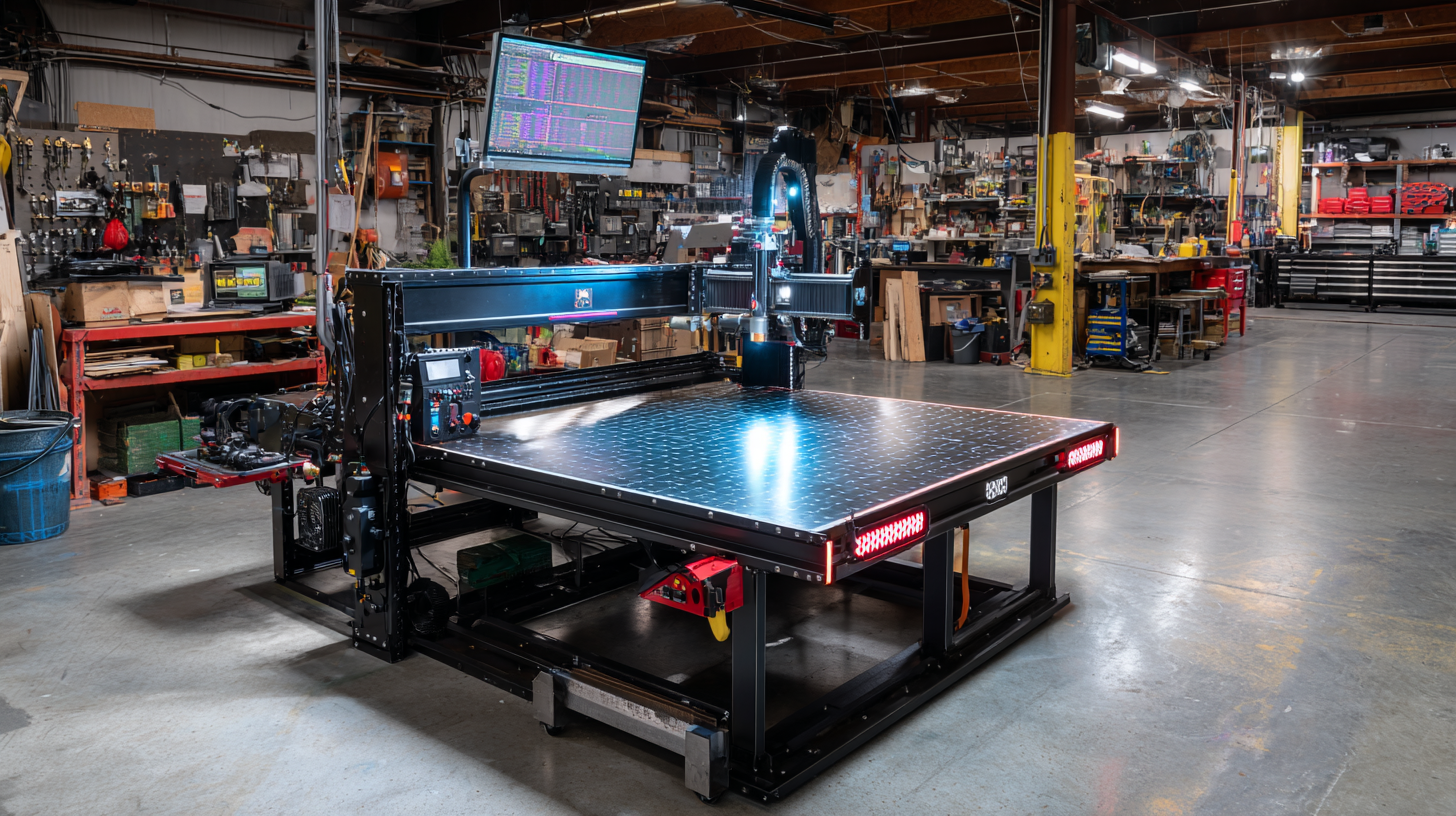
Future Innovations in Plasma Cutting: AI and Automation Transforming Metal Fabrication
The integration of AI and digital twin technology in advanced plasma cutting tables is revolutionizing the metal fabrication sector. This cutting-edge approach uses enhanced simulation designs and high-resolution modeling to facilitate precise manufacturing processes. According to industry reports, the global market for digital twin technology in manufacturing is expected to grow from $3.1 billion in 2020 to $35.8 billion by 2025, reflecting a remarkable compound annual growth rate of 40.7%. This increase is primarily driven by the growing need for efficiency and customization in production.

China's recent commitment to invest CNY 1 trillion (approximately $154 billion) in robotics and high-tech industries marks a significant step in supporting AI-driven advancements in metal fabrication. This government initiative, aimed at fostering innovation in robotics and artificial intelligence, will create new opportunities for manufacturers to leverage automation and AI algorithms in their operations. For instance, AI's potential to optimize cutting paths and minimize waste during the plasma cutting process can lead to substantial cost savings and resource efficiency, aligning with the industry's shift towards sustainable practices. As these technologies continue to evolve, the future of metal fabrication looks increasingly promising.
Related Posts
-
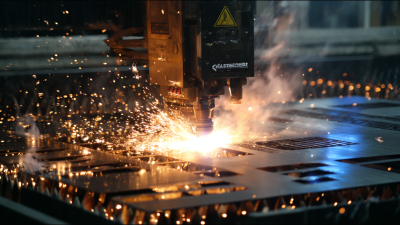
7 Reasons Why the Best Industrial Plasma Table is an Essential Investment for Global Buyers
-

Precision Engineering in China: Elevating Global Manufacturing with the Best Plasma Cutting Technology
-
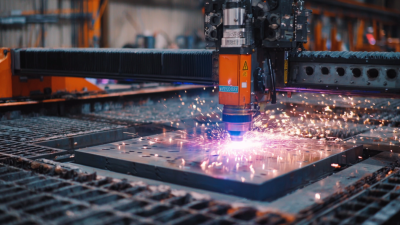
The Future of Precision with CNC Plasma Cutting Tables in Manufacturing
-

Unlocking Efficiency: The Unique Advantages of Small Plasma Cutting Tables in Modern Manufacturing
-

7 Best HD Plasma Cutters for Precision Metal Cutting in 2023
-
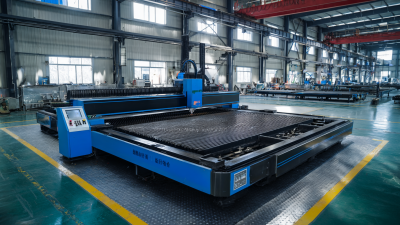
Exploring Growth Trends in Plasma Cutting Table Sales at the 138th Canton Fair 2025: A Data-Driven Perspective

